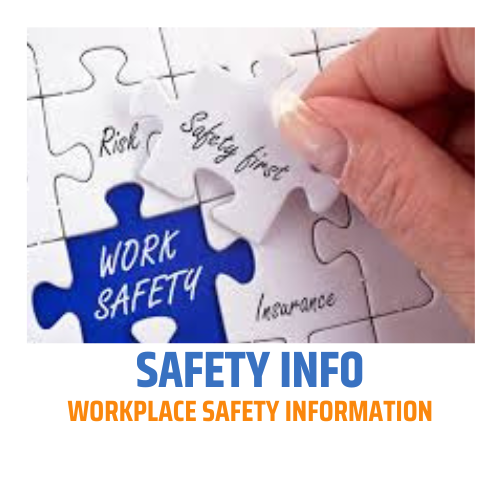What are the Hazards and Control Measures of Asphalt and Bitumen Work?
Asphalt and bitumen work involves various tasks related to
the handling, heating, and application of asphalt and bitumen materials. Here
are some common hazards and control measures associated with asphalt and
bitumen work:
- Hazard: Burns and scalds
- Controls: Use appropriate personal protective equipment (PPE) such as heat-resistant gloves, aprons, and face shields to protect against burns and scalds. Follow safe work practices for handling hot asphalt and bitumen, including using insulated tools, avoiding direct contact with hot surfaces, and maintaining safe distances from heated equipment. Provide training on proper handling techniques and the use of PPE.
- Hazard: Inhalation of fumes
- Controls: Ensure that work areas are well-ventilated to minimize exposure to fumes. Use local exhaust ventilation systems or fans to remove fumes at the source. Wear appropriate respiratory protection, such as respirators with filters specifically designed for asphalt and bitumen fumes. Follow the manufacturer's guidelines for mixing and heating asphalt and bitumen to minimize fume generation.
- Hazard: Slips, trips, and falls
- Controls: Maintain a clean and organized work area to prevent slips and trips. Use anti-slip flooring or mats where necessary. Ensure that equipment and surfaces are free from spills and excess materials. Provide appropriate footwear with slip-resistant soles. Implement proper housekeeping practices to minimize tripping hazards.
- Hazard: Traffic and vehicle-related risks
- Controls: Establish appropriate traffic control measures, such as barricades, signs, and flaggers, to safely manage vehicle movement around the work area. Ensure workers wear high-visibility clothing to increase visibility to drivers. Provide proper training on working safely around vehicles and equipment. Implement procedures for safe loading and unloading of asphalt and bitumen materials.
- Hazard: Struck-by incidents
- Controls: Establish exclusion zones or barriers to prevent workers from being struck by moving vehicles, machinery, or equipment. Use proper signage and warnings to alert workers to moving equipment or potential hazards. Ensure operators of vehicles or equipment receive proper training and maintain clear visibility of workers in the vicinity.
- Hazard: Manual handling injuries
- Controls: Provide training on proper lifting techniques and use of mechanical aids, such as wheelbarrows or forklifts, to minimize manual handling risks. Ensure workers are aware of weight limits and are trained in safe material handling practices. Implement procedures for team lifting or assistance when handling heavy or bulky materials.
- Hazard: Fire and explosion risks
- Controls: Follow proper storage, handling, and disposal procedures for flammable materials such as bitumen and asphalt. Maintain fire extinguishers in the vicinity of work areas and ensure workers are trained in their proper use. Avoid smoking or open flames near bitumen or asphalt storage areas. Establish safe work procedures for hot work activities involving asphalt or bitumen.
It's important to conduct a site-specific risk assessment,
provide appropriate training, and follow applicable regulations and industry
best practices for asphalt and bitumen work. Regular inspections, ongoing
monitoring, and effective communication between workers and supervisors are
crucial for maintaining a safe work environment during asphalt and bitumen
operations.







0 Comments